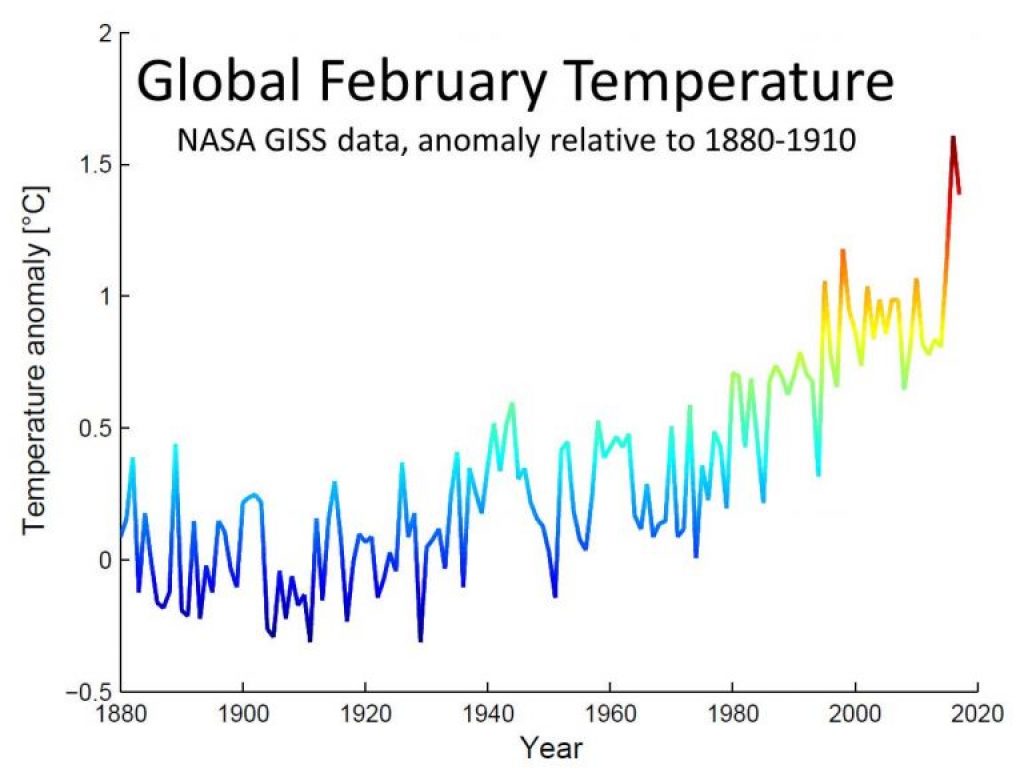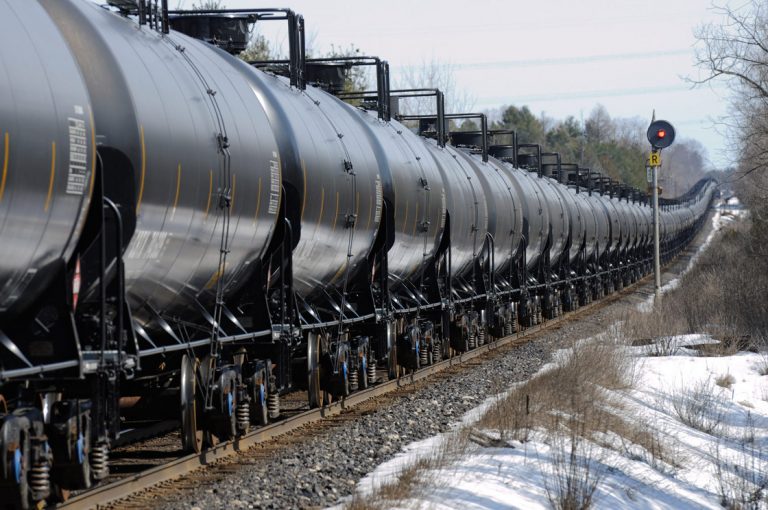Table of Contents
This April, I’m returning to Greenland for two weeks to make a 40 km ski-based snow survey. Myself and two Swiss scientists have a simple goal: to measure how much snow fell since the end of the last summer. The measurements allow us to check satellite, aircraft and modeled snowfall estimates. Our fundamental question: how much snow nourishes Greenland ice? While ice losses have received lots of attention, what about the gains??
snow profile kit care of M. Jäggi and M. Schneebelli of SLF Davos, Switzerland
While camping on the southern Greenland ice sheet for 8 days, we’ll be taking roughly 20 snow cores down through the 1 to 4 m (3 to 12 feet) of snow that has accumulated since the end of summer 2016. We’ll measure snow density, grain size and liquid water content. The survey is supported by the Danish PROMICE monitoring programme this year celebrating 10 years in operation. NASA’s operation IceBridge is in the loop to overfly our survey line with an ultra high frequency radar we can then calibrate to precisely map snowfall rates across the region.

A fourth person joining us is operating camera equipment for a IMAX and undergroundchannel.dk videos. This way, our efforts have another kind of impact, to inspire people to appreciate environment.
Our expedition coincides with two global climate mobilizations; 1.) a 22 April March For Science (endorsed by both American and European Geophysical Unions and some 100 other science organizations) and 2.) a 29 April People’s Climate March.
It’s meaningful to march (on Greenland ice) in solidarity with these causes, for climate change is a defining issue of our time, whether or not one accepts what science tells us. And unfortunately, the US is now confounded from Washington DC by a brand of deeply cynical politics that threatens our species tackling climate change soon enough. Historically, the largest source of climate changing pollution, the US and DC is turning its back on the Paris Agreement, a global treaty enforcing the ambition to keep climate warming under +1.5 C above pre-industrial. Our species is acting late on this crisis. Already today at +1C above pre-industrial, we’re beginning to see profound damaging effects including increased storm severity, the drying of continental interiors, and melting ice sheets. All of these climate change effects have overall strongly negative impacts, primarily on reducing food and water security for humans and nature that surrounds.

image via Stefan Rahmstorf https://twitter.com/rahmstorf/status/842049720205864961
At this stage, by supporting dirty energy from projects like the Keystone XL and Dakota Access pipelines, against the will of the majority of people and treaties signed with indigenous first nations peoples, it’s clear US climate denial is a result of a bought-out political system and a fossil fuel dominated economy. US republicans and some democrats are choosing more expensive climate destabilizing energy over cleaner and safer energy systems that benefit people and nature long term.
Why fossil energy is behaving like a cornered beast is the plunging price of renewable energy makes end of fossil fuels inevitable. The most profitable industry in history, rather than using their capital and technical capacity to transition itself to become sustainable energy, its leaders like Exxon have chosen an anti-science, greedy, and reckless path.
Fortunately, and despite obfuscation from fossil fuel corporations, fossil energy is clearly emerging as yesterday’s energy. Still, clean energy couldn’t be coming on soon enough given that carbon emissions and concentrations are already so high that we’re losing the ice sheets and harming our oceans through carbonic acidification. Our species needs to find a way to maintain a steep fall rate for carbon emissions for the foreseeable future and engage in what has been largely a missing conversation and action of turning emissions negative until we stabilize somewhere below 350 parts per million CO2. We’re currently more than 40% above pre-industrial CO2. We thus need not only to cut carbon emissions but drawdown many Giga tons carbon from the atmosphere. While an enormous task, it’s possible and urgent to avoid a Mad Max future.
Note: views expressed here are my own.


